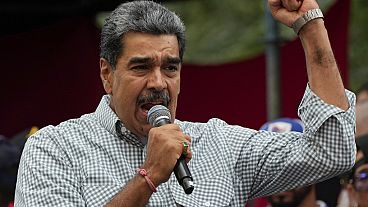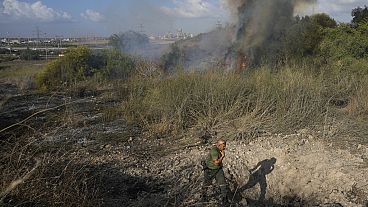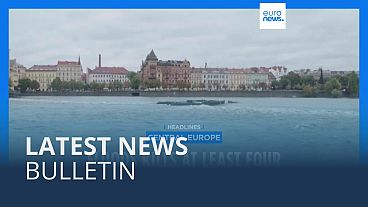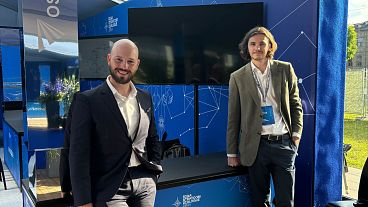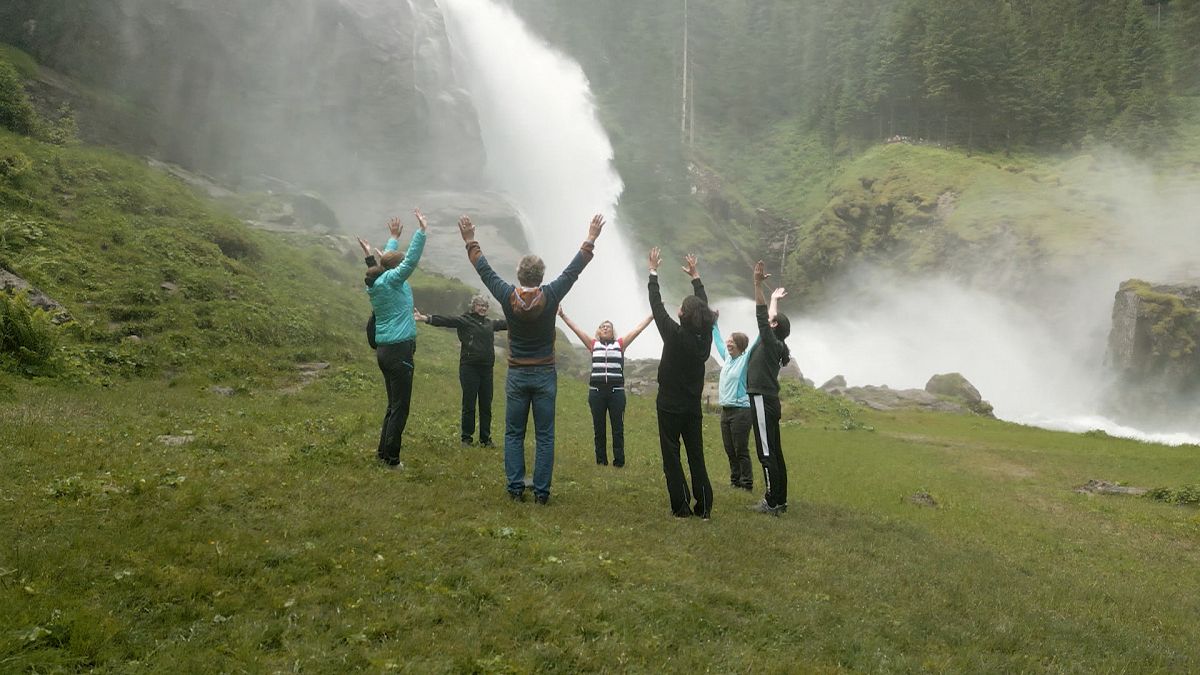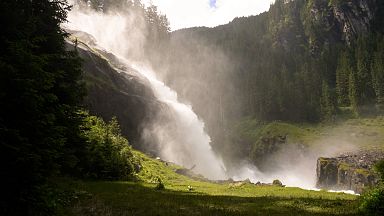New economic and therapeutic opportunities are giving people in the town of Krimml hope for a better, brighter and healthier future.
People are heading to the Alps for better health. Why? Nature is accessible, generous, varied, and healing for sick people.
“I only have 60% of my breathing capacity left, so it has a huge impact on my daily life," says Céline Nerbl.
The concept, developed by doctors at the Paracelsus Medical University Salzburg in Austria, makes tourism rhyme with health.
Head of the Institute of Ecomedicine, Arnulf Hartl explains that "there are a lot of urban associated illnesses that could be treated in a health tourism format in the Alps. The alps are like a green island in a sea of fine dust."
Curative waterfalls
380 meters high, the majestic Krimml waterfall in western Austria is the largest in Europe. The cloud of water it produces has been recognized for centuries for its therapeutic virtues.
The village of Krimml offers cures for breathing the humid air. Céline and her husband regularly come to treat their asthma and chronic bronchitis.
“We do a lot of breathing and inhalation exercises. It opens my bronchial tubes and since then I'm no longer congested at all," says Céline.
"Water droplets are 200 times smaller than those in an asthma spray. The small water droplets are inhaled, they are negatively charged, and they induce an immunological mode of action. They reduce the inflammation of the lungs," explains Dr. Hartl.
HEALPS2 project
The professor, who specializes in ecological medicine, developed the HEALPS2 project on the basis of clinical studies.
He is supported by the European Union's Cohesion Policy, which provides 85% of the €2,417,603 budget.
Its team proposes to all Alpine countries - France, Italy, Slovenia, Austria, Germany and Switzerland - to help local players list their natural resources.
The aim is to develop an adapted therapeutic tourism offer.
"Everything which is very specific for the alpine region can be put into value in terms of health”, the hiking trails, the better air, the cooler air in times of climate change and, other factors like alpine pastures, the raw milk products, the honey," says Hartl.
New economic opportunities
In Krimml, therapeutic tourism has given rise to new ideas: one hotel, for example, has been adapted for allergy sufferers. And the village is coming back to life:
"Our economic stakes have changed in the last 15 years since we are in this health tourism sector. We were able to increase the number of guests by about 35%. The region is remote, but we could increase also the jobs in the region. Especially a lot of female, high qualified jobs, for people that now stay in the region," explains Silvia Northdurfter, vice head of Hohe Tauern Health.
With the lack of snow, the HEALPS2 project is also a chance for the lower ski resorts to "breathe".

